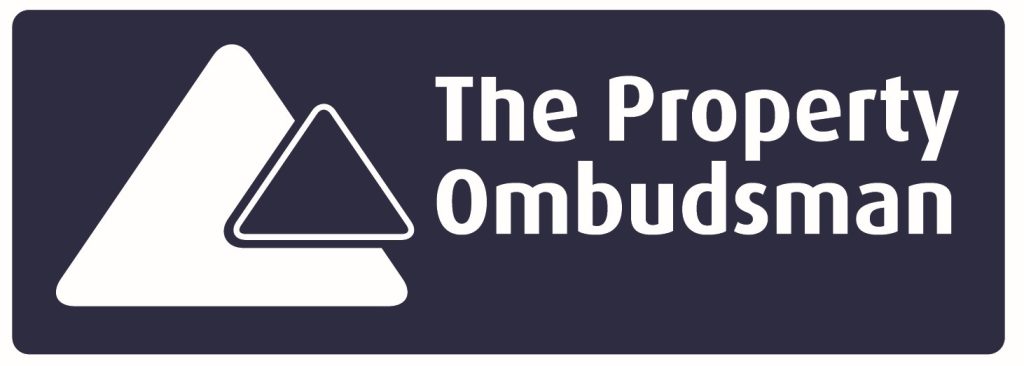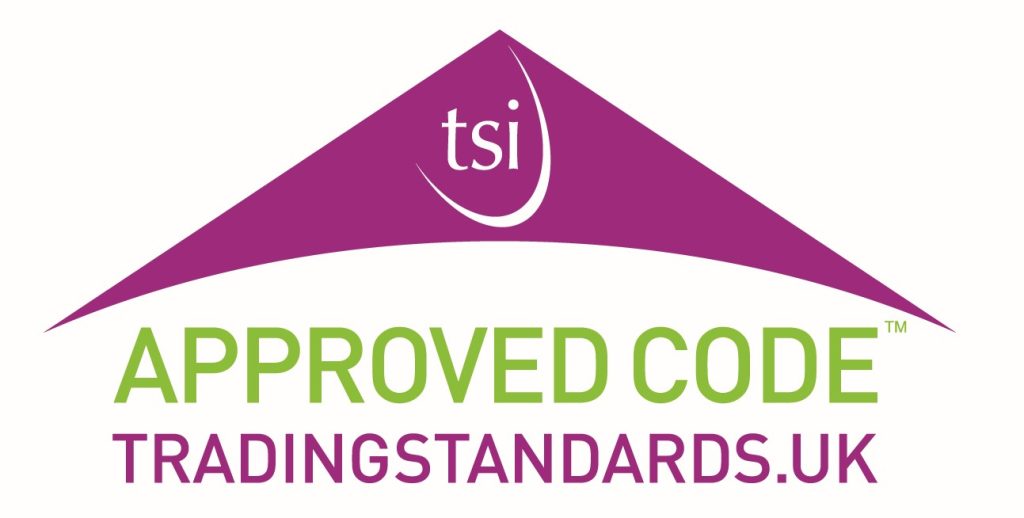If you are looking for a more affordable way of finding a new home or entering the property ladder, buying a leasehold property could be the best option for you. With lower upfront costs and fewer maintenance responsibilities, this type of property can offer a more relaxed experience for buyers. Whether you are buying your first home or simply looking to relocate, it is essential that you understand the complexities of leasehold ownership. Here’s everything you need to know…
What is a leasehold property?
When purchasing a leasehold property, the leaseholder acquires the right to use and occupy the land and the buildings on it for a certain period of time, while the freeholder who grants the lease retains ownership of the land. This differs from purchasing a freehold property, which grants the owner complete ownership of both the land and the buildings on it for an indefinite period of time. The freeholder is responsible for any necessary repairs and the upkeep of the property throughout the duration of the lease.
Lease duration
Leaseholds have a specified duration for which the leaseholder has the right to occupy the property. The length of a leasehold can range from a few years to several decades, with 99, 125, and 999 years being common durations. The length of a lease can have a significant impact on the market value of a property, as a longer duration is often regarded as more reliable for buyers.
Ground rent
The regular payment from a leaseholder to the freeholder for the use of the land on which a home is situated is known as ground rent. The amount and payment frequency of the lease is stated in the contract, and costs £10-£500 per year, with the average leaseholder in the United Kingdom paying just £50 per year.*
Service charges
Leaseholders are responsible for paying service charges, which are used to pay for the upkeep and maintenance of communal areas and facilities such as corridors, gardens, and exterior walls. The freeholder is responsible for making any necessary repairs to the property as well as making sure it is properly insured. The lease agreement should specify in detail what the freeholder is responsible for and should also detail the leaseholder’s financial responsibilities.
Lease extensions
If certain criteria are met, leaseholders may have the choice to extend their lease period, which can provide peace of mind and increase the value of a property. The leaseholder is only eligible for a lease extension once they have owned the property for at least two years. The safest way of extending a lease is by the leaseholder giving the freeholder a statutory notice expressing their desire to extend the lease by 90 years and stop paying ground rent. The price will be negotiated between the two parties and then decided upon mutually. If a freeholder decides to sell their property, the leaseholder legally has the right of first refusal.
Professional advice
Before buying a leasehold property, it is important to check through the lease agreement to make sure all the details are correct, including the duration of the lease, the cost of ground rent and service charges, and the options for extending the lease in the future. It is important to talk to your estate agent when you are looking to buy a leasehold property, as they can help with finding a suitable property, explaining the terms of a lease, and negotiating ground rent and service charges.

 My Shortlist (0)
My Shortlist (0)





